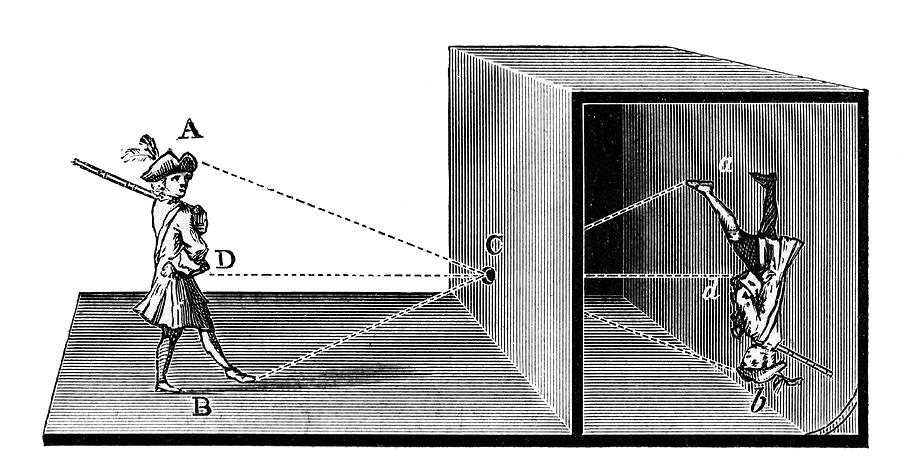
Most of the business for photographers consisted either of formal portraits or the sort of “academic” nude photos that were churned out as studies for artists.
In obscura espionage definition professional#
Through a combination of talent, personality and entrepreneurial skills, he would eventually become one of the most celebrated of the more than three hundred professional photographers who were working in Paris in the 1860s. Īround this time, photography was booming, and it rapidly became Nadar’s main interest, one which would engage him virtually for the rest of his life. It was also convenient from another angle - the invention of the wet-collodion plate, with its much faster exposure time, allowed him to work in his own apartment, using an upstairs room with skylights as his studio, and preparing and developing his own pictures with a small chemistry apparatus. By avoiding the need for long sitting times, it also had the virtue of not exhausting the goodwill of his models for too long. Nadar found that photography provided an ideal way to keep track of all his Panthéon subjects as they aged, and to keep it up to date for future instalments. It was an area in which he was already interested - he had originally financed his brother Adrian’s photography business. Almost by accident, however, it plunged him into the newly developing field of photography. It’s the age of the ‘happy snapper’, instagramming every moment of life.The Panthéon made Nadar a celebrity, but not a rich one. Anyone with a phone in their hand has the ability to take a street scene photograph. It can be said that the pace of change in social and cultural demographics has picked up during the 20 th and 21 st centuries and street photography provides a wonderful (and at times, discreet) way of documenting our way of life for future generations. It uniquely indulges the nostalgia within us. If the viewer recognises the clothes, hairstyles etc, they would reminisce over their own childhood memories. Another example would be those from Shirley Baker, images of kids playing in the streets of Salford in the 1960’s. If we look at photos of a street scene in 1980s New York with the Twin Towers in the background, we immediately remember the tragedy of 2001, where we were and the other haunting images of that day. Every minute and moment of life can be photographed and kept for all time. The photograph becomes a type of ‘Memento Mori’ for bygone times and can elicit a powerful psychological response. Photographers such as Henri-Cartier Bresson and Diane Arbus who documented the everyday weird and wonderful in the 1950’s were probably the pioneers of what we are familiar with today. Post war saw the growing affordability of cameras and the consequent boom in candid and social documentary photography. Aside from journalists, ordinary people and hobbyist’s priorities did not tend towards luxuries such as film for their cameras (if they could afford one) during these tough years. During the two World Wars, the format could also have been argued to be under the umbrella term of ‘war photography’ and possibly photojournalism. In Edwardian times it used to be a photographer who would take portraits on the street for a fee.

The definition of street photography (or photographer) is also different from 1918 to today.

The innovation of shutter speeds a few decades later enabled freeze motion, which meant portraits could be taken in a matter of seconds rather than a person sitting absolutely still for tens of minutes (hence portraits of Victorians tended to be somewhat stern looking) and also meant action shots could be taken without blur.įrom exclusivity to ubiquity, street photography’s definition has evolved alongside the opening up of the medium to all people of all backgrounds in conjunction with its technological advances from its origin of metal and glass plates to film to digital. The first known photograph ever taken was of a Parisian street scene in 1826 by Joseph Nicéphore Niépce, the first known portrait was taken in 1839 by John William Draper of his sister Dorothy and the first selfie was taken in 1839 by a young man called Robert Cornelius. What we take photographs of in the 21 st century is virtually the same as what the Victorians took photographs of - streets, landscapes, people, sports, stills etc. It wasn’t until the 19 th century that a process was invented to ‘fix’ the image onto metal and glass plates (and later paper) to keep for posterity. Since its inception in Victorian times, humankind has had a fascination with capturing not only the real, raw and gritty but also the mundane.įorms of photography have been around for millennia with the camera obscura (latin for ‘dark room’) where the image is projected through a pin hole into a dark room or screen. The saying goes, ‘A picture is worth a thousand words’ and street photography certainly lives up to this reputation.


 0 kommentar(er)
0 kommentar(er)
